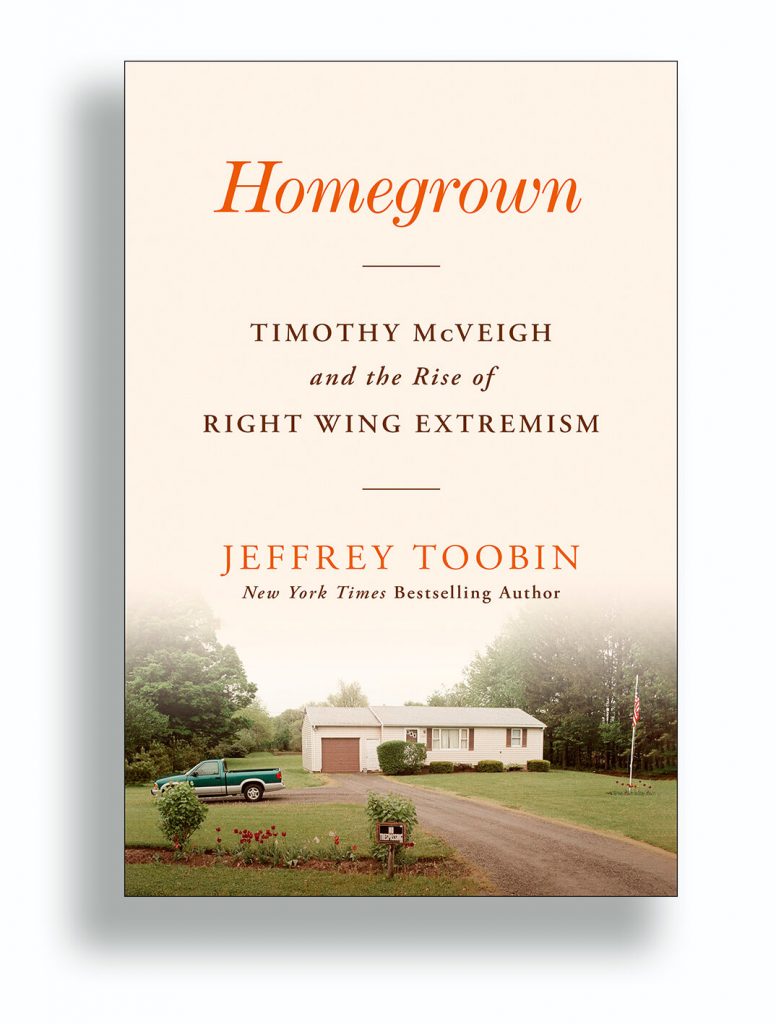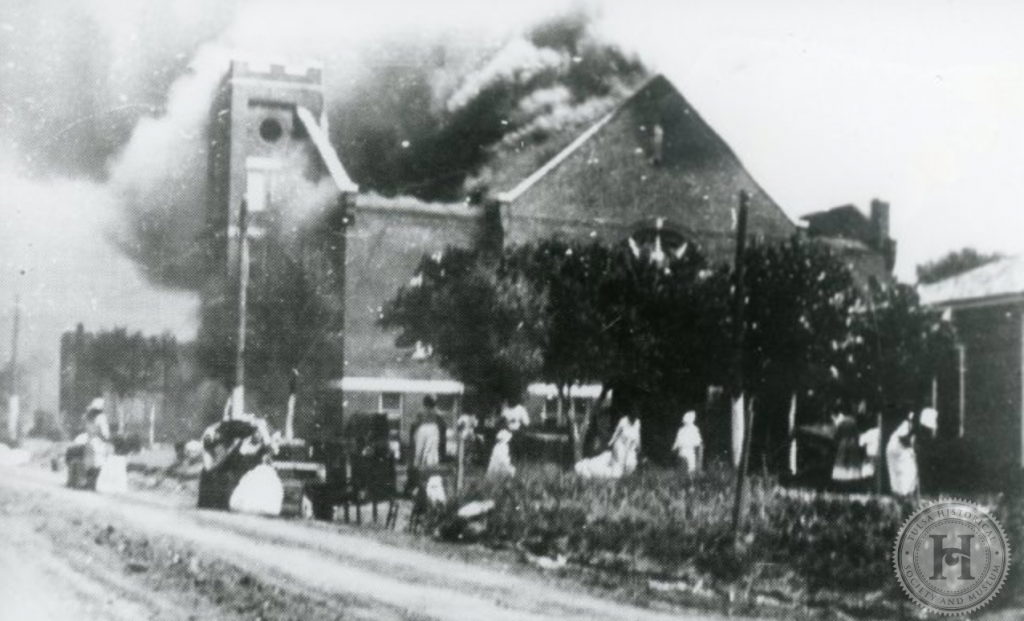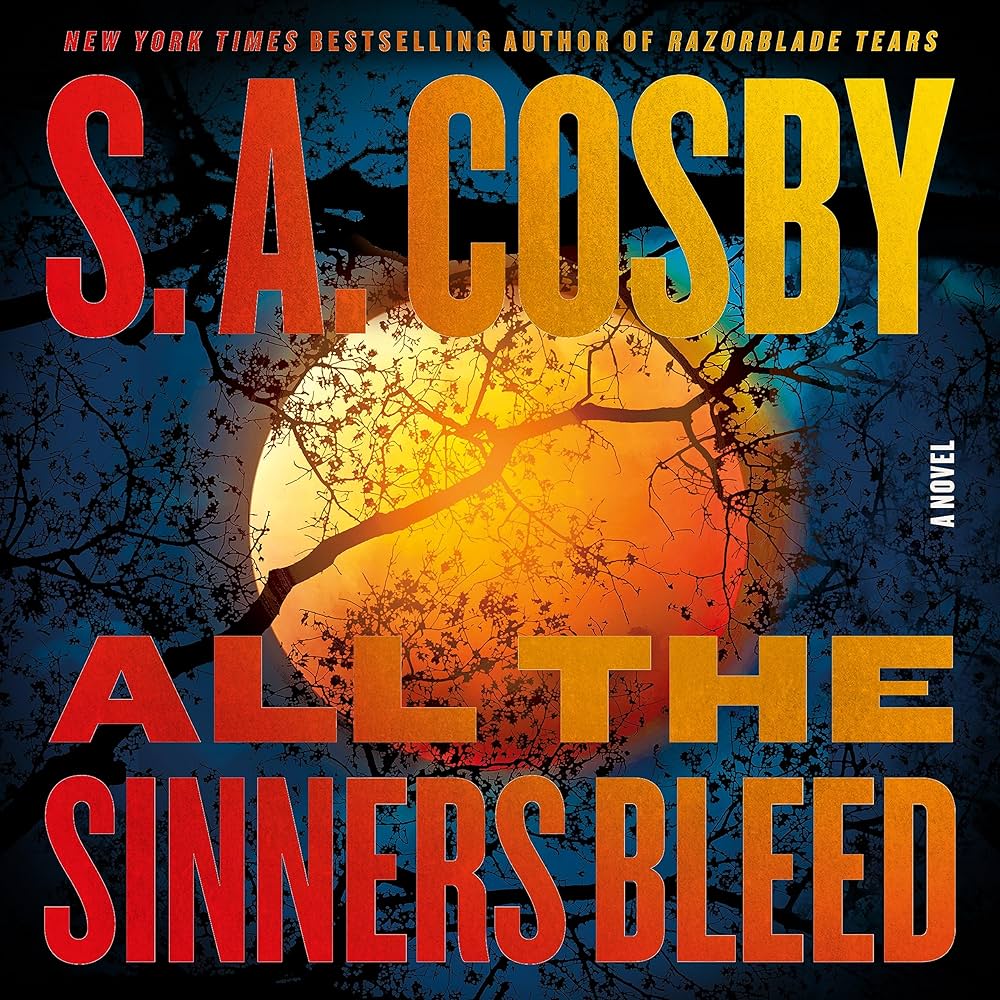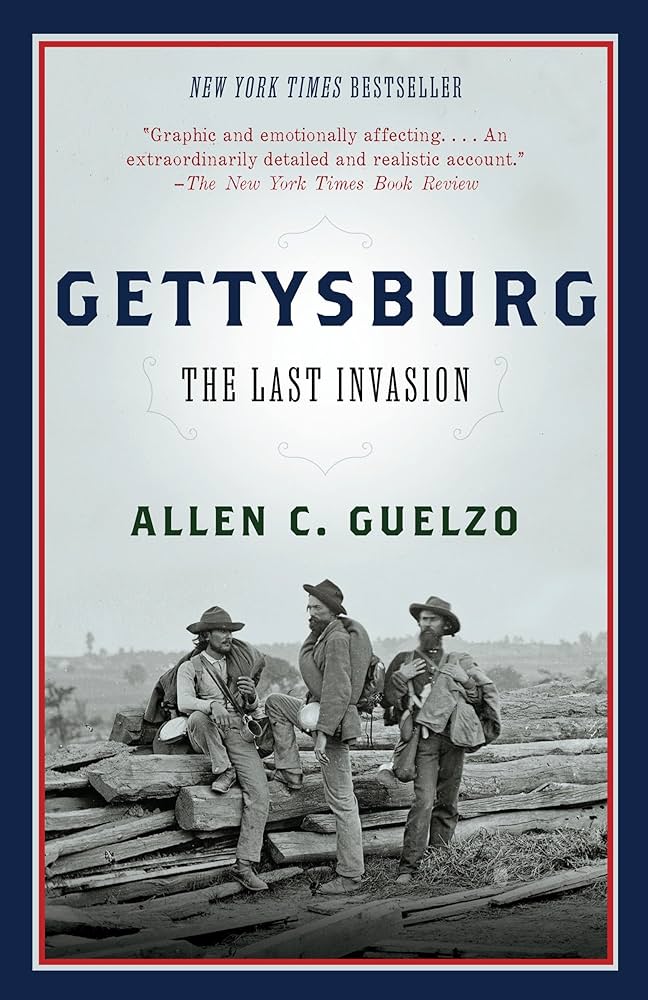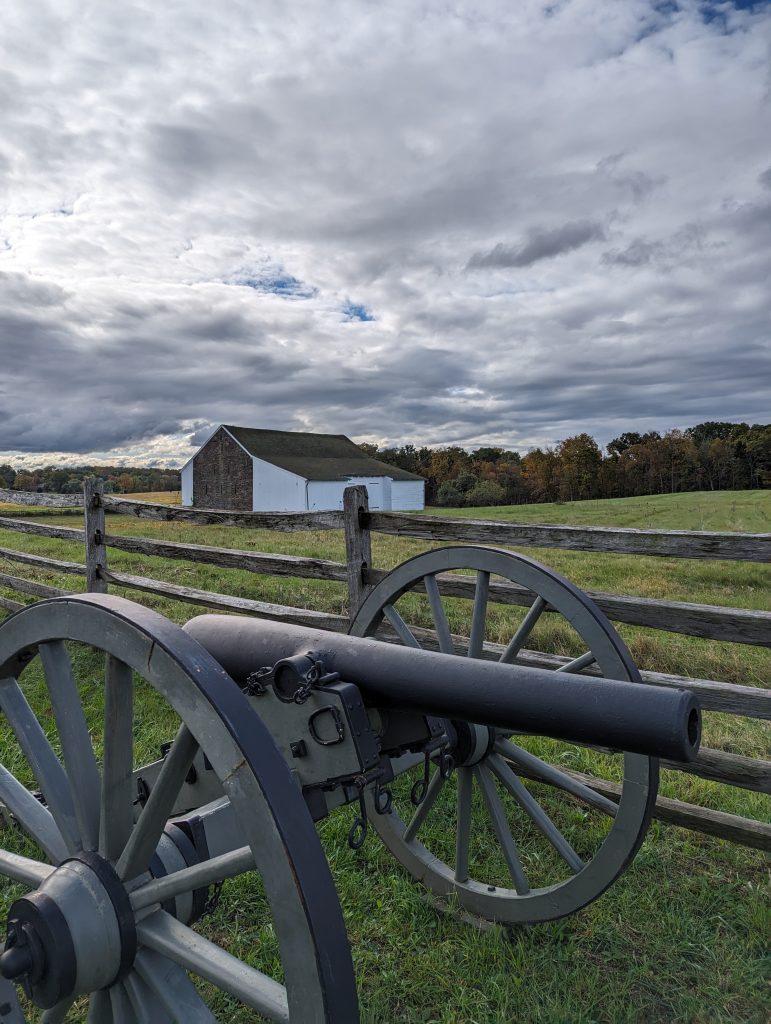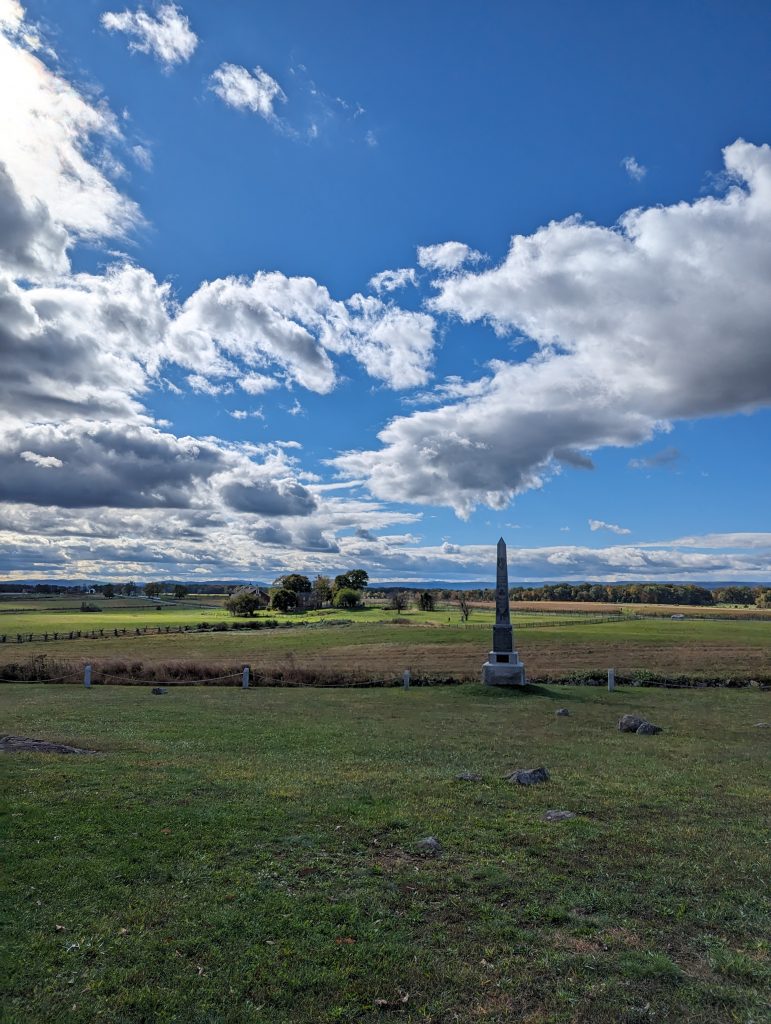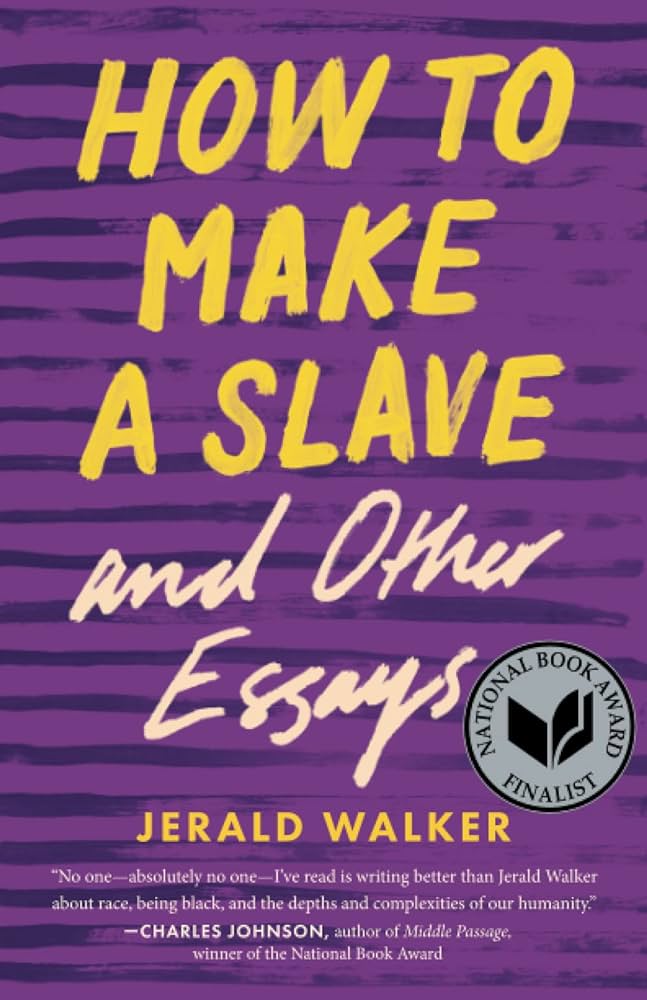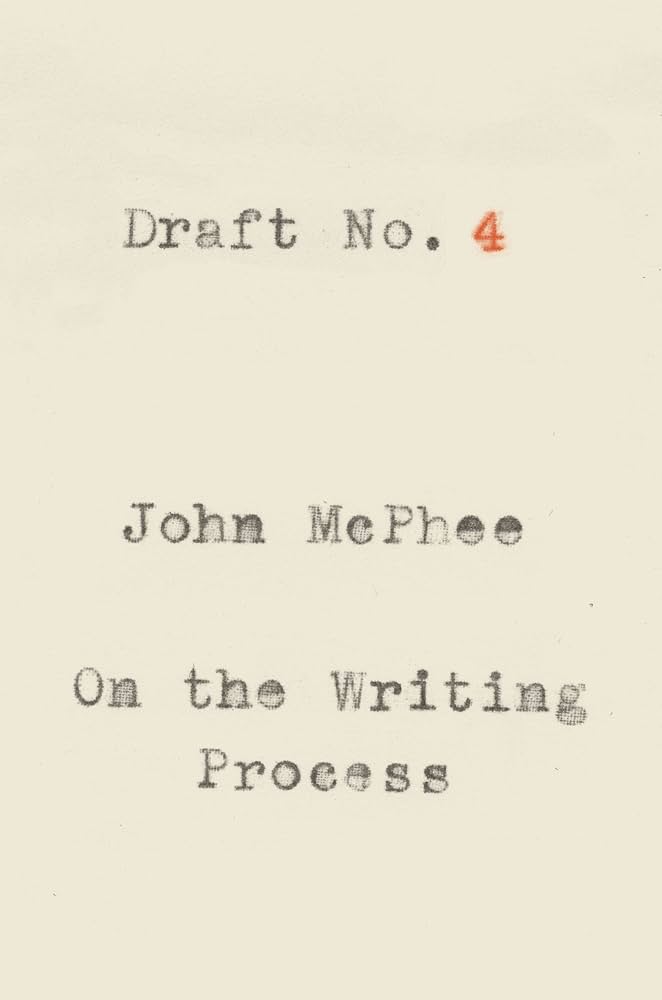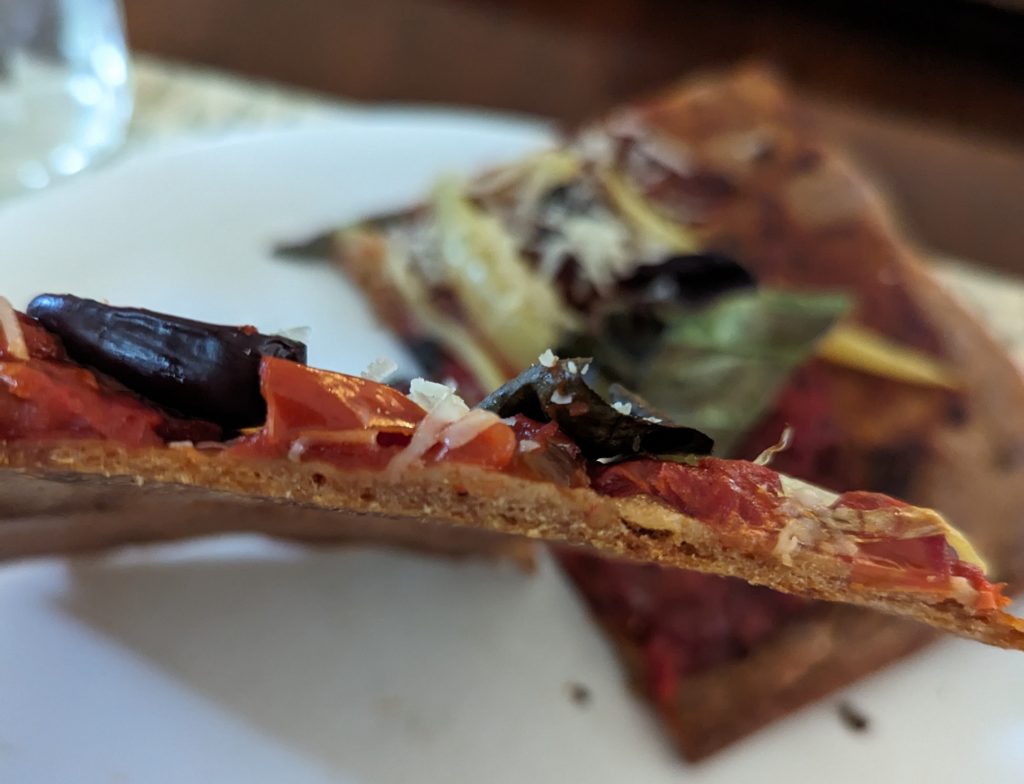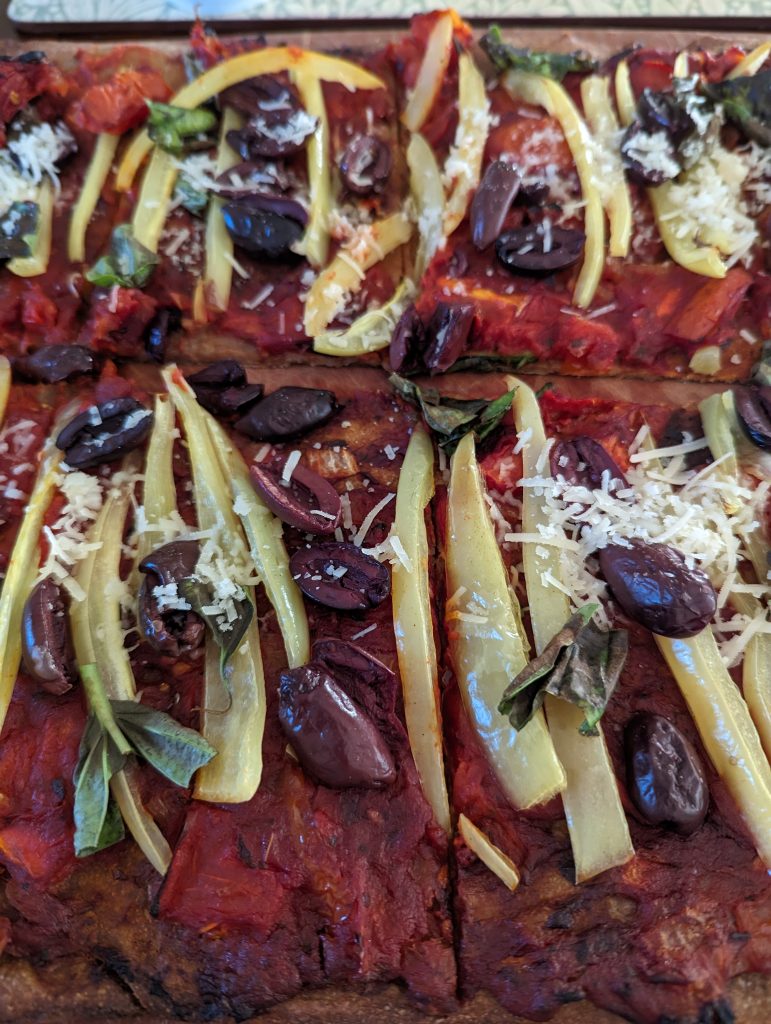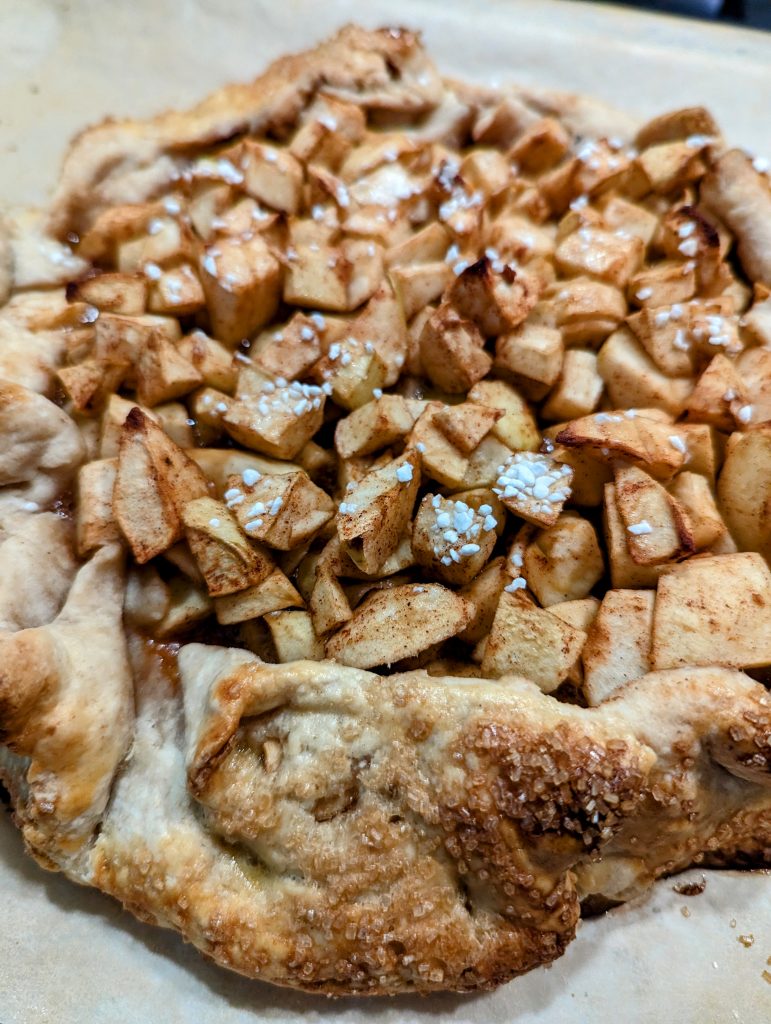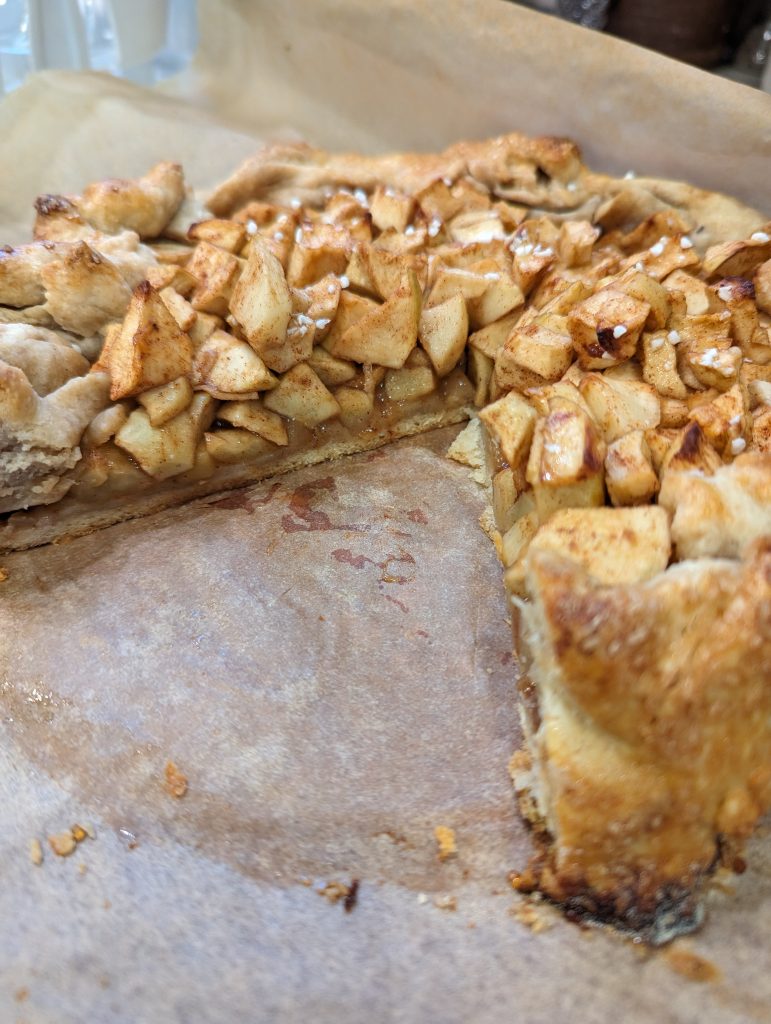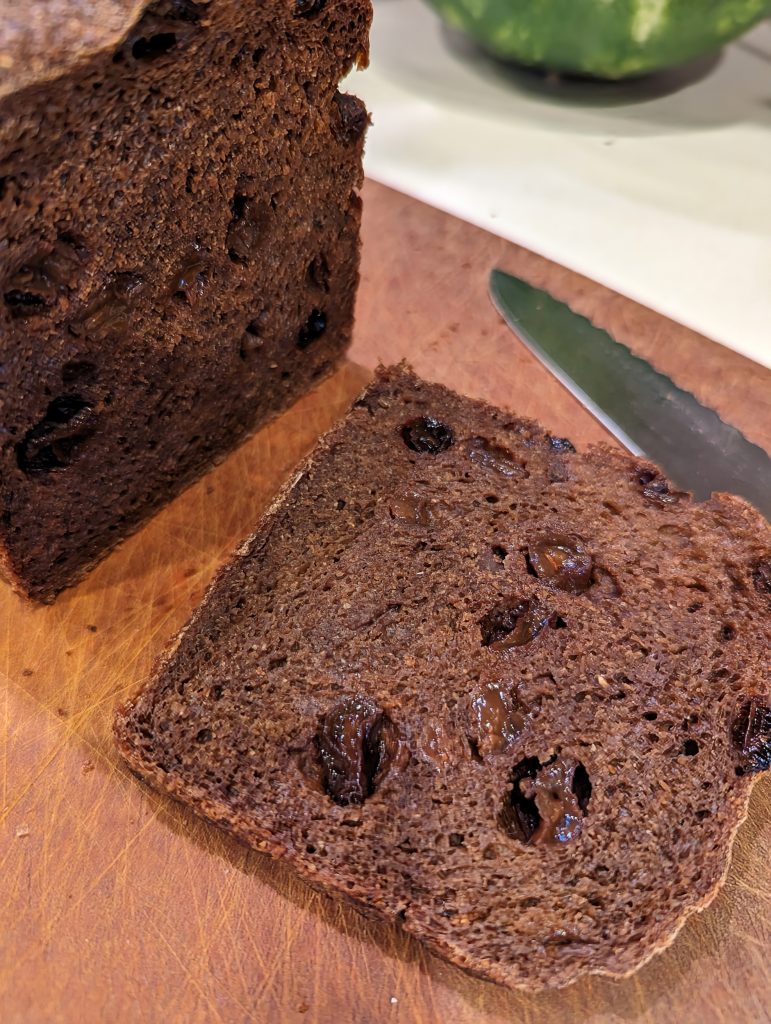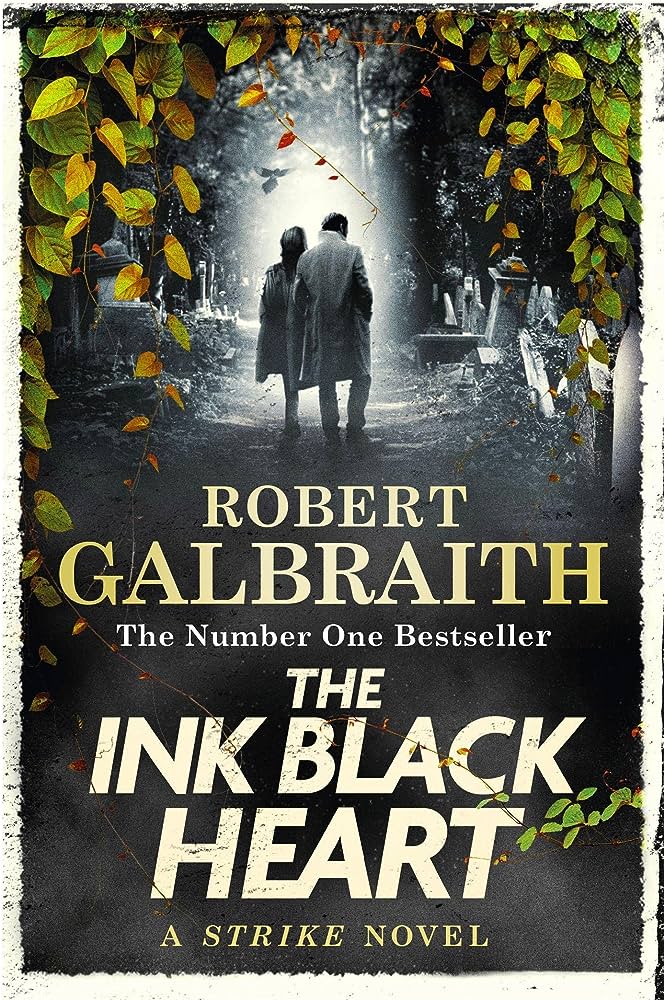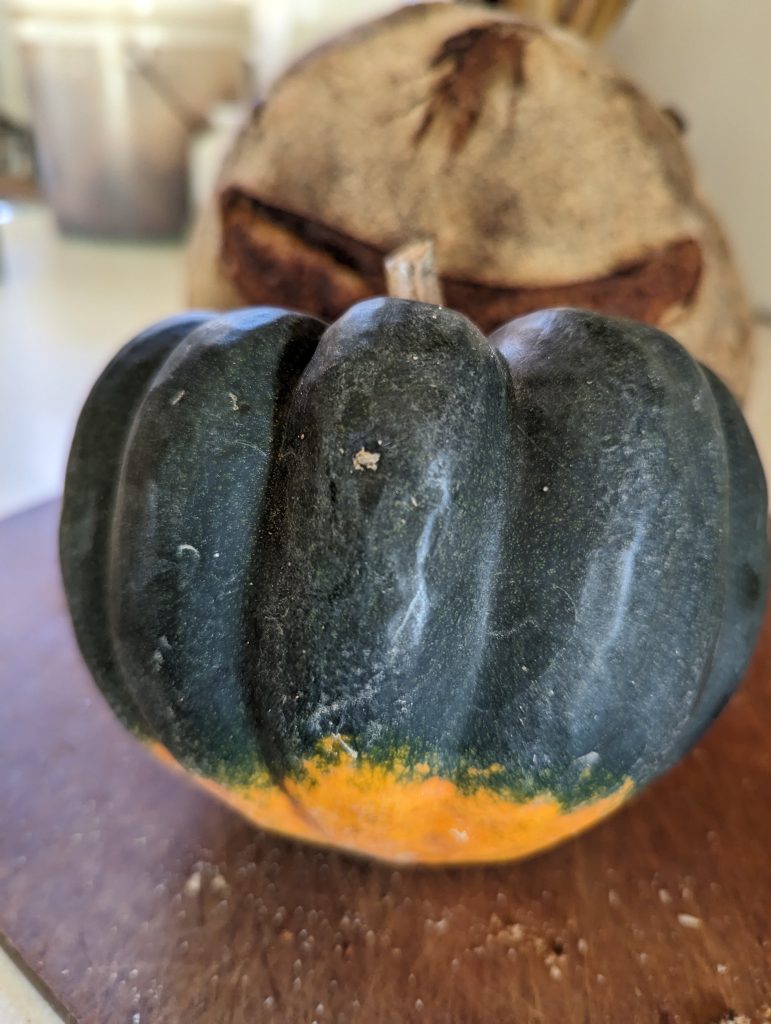
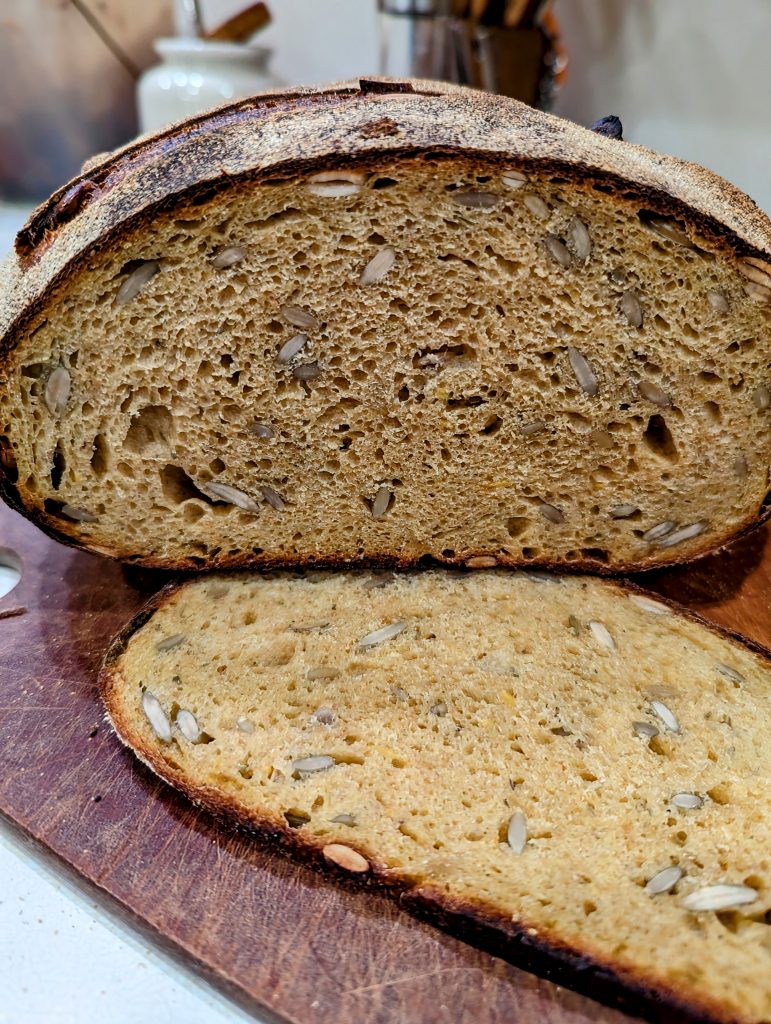
Recently, one of the breadheads I follow on Instagram, Parksandbread, posted a recipe for a bread made with butternut squash soup. I did not have soup, but I did have cooked squash, and modified her recipe to suit what was in my pantry.
The squash generated a moist loaf with a thin, crisp crust. Pepitas were a super addition and the sage and rosemary, a touch strong for my taste, yelled out to be made into stuffing. The bread is an excellent sandwich bread, and even with just fresh cold butter on it, it is savory and satisfying. The crust is thin and crisp and the crumb holds its integrity even when very thinly sliced.
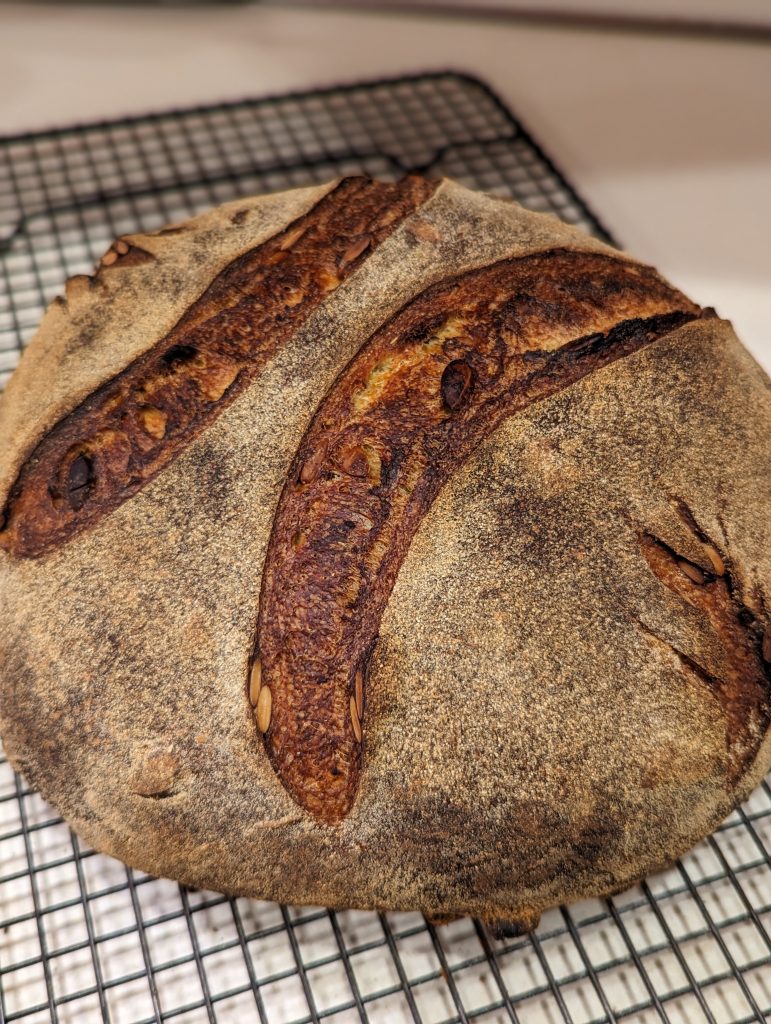
The following is not so much a recipe as a starting formula. You will need to judge for yourself whether you need more or less flour or more or less liquid because not all cooked squashes are equal. When the dough is ready to bake the final time and temperature will be a function of the size and shape of your loaf.
Formula
330 g mature starter, I selected a whole wheat starter
150 g water
400 g cooked squash
75 g whole wheat flour
425 g bread flour
100 g pepitas
15 g salt
2 tsp rosemary
1 tsp sage
I baked at 475 degrees in an oven with steam for 20 minutes, turned the temperature down to 375 and baked another 18 minutes.
